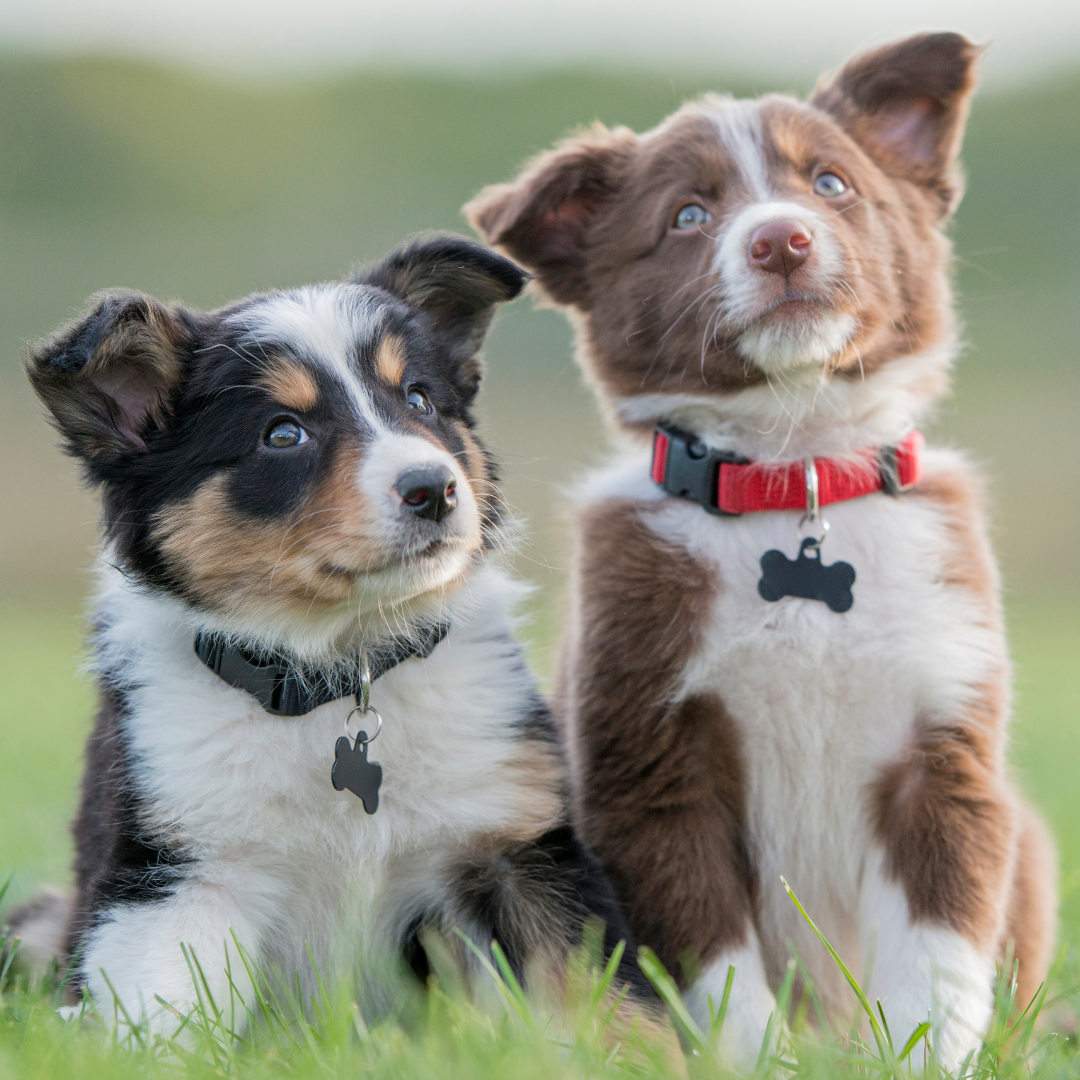1. Start Early with Basic Obedience Training
The sooner you begin, the better. Teaching your puppy basic commands like sit, stay, come, and leave it helps build structure and communication. Short, consistent training sessions each day are key.
2. Use Positive Reinforcement
Rewarding good behavior with treats, praise, or play is one of the most effective puppy training techniques. Positive reinforcement encourages your pup to repeat desired behaviors without fear or confusion.
3. Establish a Routine
Dogs thrive on routine. Set feeding times, bathroom breaks, walks, and play sessions on a predictable schedule. A consistent routine helps your puppy understand expectations and reduces anxiety-driven misbehavior.
4. Redirect, Don’t Punish
If your puppy is chewing on shoes or jumping on guests, redirect that energy. Give them an appropriate toy or command instead. Avoid harsh punishments, which can create fear and erode trust.
5. Socialize Early and Often
Expose your puppy to different people, pets, and environments early on. This helps prevent fear-based aggression and builds confidence, leading to better behavior in new situations.
6. Reward Calm Behavior
Don’t just reward the big wins. Catch your puppy being good—even when they’re just calmly lying down—and offer a treat or a “good dog!” Reinforcing calm behavior teaches them that chill moments are valuable too.
7. Be Consistent with Commands and Rules
Whether it’s staying off the couch or sitting before meals, make sure everyone in your household enforces the same rules using the same commands. Mixed messages confuse your puppy and delay progress.
8. Create a Puppy-Safe Environment
Remove temptations like exposed cords, shoes, or trash. Use baby gates to limit access to areas of the house until your puppy learns appropriate behavior. A safe space leads to fewer chances to misbehave.
9. Use Crate Training Wisely
A crate isn’t punishment—it’s a safe haven. Crate training can help with potty training, reduce destructive behavior when you’re away, and give your puppy a sense of security.
10. Stay Patient and Positive
Puppies will make mistakes—it’s part of learning. Stay calm, patient, and encouraging. A positive attitude helps you both enjoy the process and builds a stronger bond with your furry friend.
Final Thoughts: Setting Your Puppy Up for Success
Training your puppy takes time and consistency, but the rewards are lifelong. With these puppy behavior tips and a focus on positive reinforcement, you’re well on your way to raising a well-behaved, happy dog. Remember, the best approach to puppy training is one filled with patience, praise, and plenty of tail wags.



Leave a comment
This site is protected by hCaptcha and the hCaptcha Privacy Policy and Terms of Service apply.